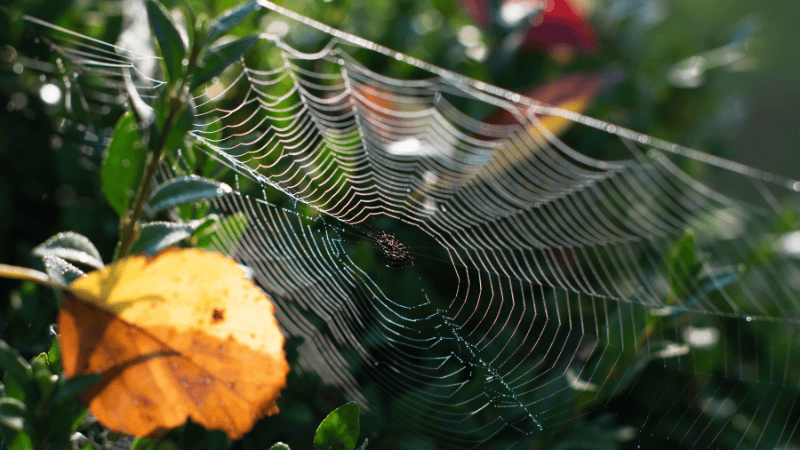Signs that Wildlife is Rabid
In our blogs, we often discuss wildlife that has found its way onto our client's property or, worse yet, into their home! Wildlife finding access to your home can happen in the basement, attic, fireplace, and garage. Recently we have blogged about skunks, squirrels, raccoons, and other wildlife that often find themselves searching for a meal or a safe nesting place on your property. These incidences of finding a wildlife pest in or around your home are fairly common for our region. What is not common is finding one that may be harboring rabies. Today's blog will look at signs that the wildlife in your area may be rabid.
What is Rabies?
Rabies is a virus that attacks the central nervous system. While human cases of the virus are extremely rare in the United States, the few cases that do present themselves are 99% fatal if not treated before symptoms appear. This is why it is extremely important to understand the dangers and potential behaviors that may indicate a rabid animal.
Can You Tell if an Animal is Rabid by Looking At It?
The Centers for Disease Control states that you can't tell if an animal has rabies by just looking at it. The only way doctors can know for sure if an animal (or a person who was scratched or bitten) has rabies, is to do laboratory tests. Once tested, a series of shots can help prevent the disease from progressing.
What Behaviors Indicate a Potential Rabid Animal?
Some animals, such as raccoons and skunks may act strangely when they have rabies. They may show behaviors such as restlessness, apprehension, or aggression. The aggression may escalate to the point of attempts at biting or attacking other animals, or even humans. More commonly animals that have rabies act timid or shy. A wild animal may move slowly or act tame. You might be able to easily get close to it. Since that's not the way wild animals usually act, you should remember that something could be wrong. The Humane Society of America suggests the following 3 steps to keep safe from animals that may be rabid.
- Don't approach or handle wild animals, especially sick wild animals.
- Vaccinate your pets.
- Get prompt post-exposure treatment when advised to do so by a doctor or the health department.
The number of human cases of rabies annually is fewer than two people. This number is lower than the number of people struck by lightning yearly. While the numbers are low and a bite by a rabid animal is rare, it's important to take precautions to protect yourself, your family and your pets.



